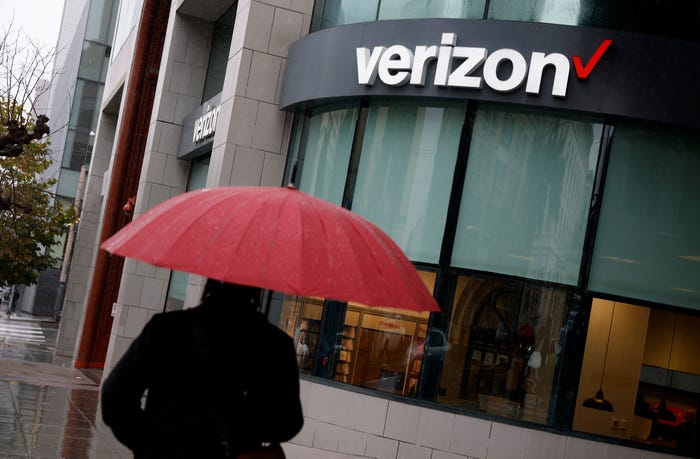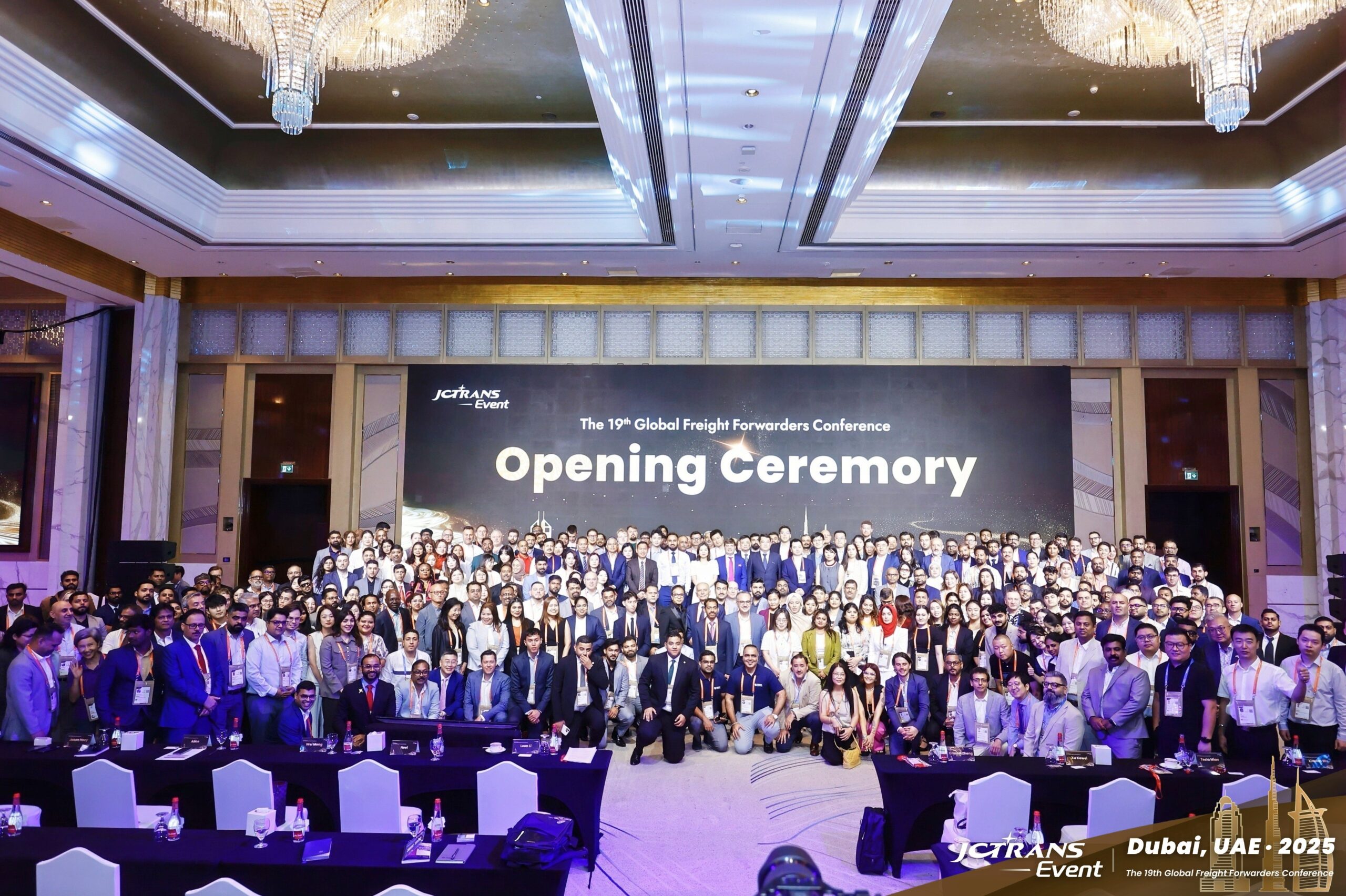Major Companies Slash Jobs in 2025 Amid Workforce Changes

In 2025, a wave of job cuts has swept through numerous major companies, including Verizon, Amazon, Starbucks, and American Airlines. These reductions reflect a broader trend in various sectors as businesses respond to changing market dynamics and technological advancements. As companies adapt to cost pressures, many are focusing on efficiency, automation, and shifts in consumer behavior.
Scope of Job Cuts Across Major Companies
The layoffs have significantly impacted the workforce landscape. For example, Amazon announced in late October that it would eliminate approximately 14,000 corporate roles, marking one of its largest layoffs to date. This decision aligns with CEO Andy Jassy‘s vision of running Amazon “like the world’s largest startup,” emphasizing the need for agility in a rapidly evolving technological environment.
In addition, Verizon revealed plans to cut 13,000 employees in November, as part of efforts to streamline operations under new leadership. The telecommunications giant cited a need to become “faster and more focused” in its operations. Similarly, American Airlines is reducing management and support positions to enhance efficiency.
Job losses are not confined to the tech and airline sectors. Adidas announced in January that it would cut up to 500 jobs at its headquarters in Germany, despite reporting better-than-expected profits for the previous year. The company stated that organizational complexity necessitated these cuts, aiming to align its operational model with current realities.
Impact of Technological Advancements
As companies navigate these layoffs, the rise of artificial intelligence (AI) continues to reshape workforce needs. A recent survey by the World Economic Forum indicated that approximately 41% of companies worldwide expect to reduce their workforces within the next five years due to AI advancements. Oracle, Meta, and Microsoft have already made cuts linked to the adoption of AI technologies.
For instance, Meta has undergone multiple rounds of layoffs in 2025, focusing on streamlining its operations and enhancing performance management. Microsoft has also initiated several job reductions this year, impacting various divisions as the company shifts its focus toward AI-driven products.
In the energy sector, Chevron announced it would cut 15% to 20% of its global workforce, potentially affecting up to 9,000 jobs. This move is part of a broader strategy to reduce costs and improve efficiency amid fluctuating oil prices and market conditions.
The trend of workforce reductions is accompanied by significant financial implications. Many companies are incurring substantial charges related to severance and restructuring. For example, Applied Materials expects to incur charges between $160 million and $180 million due to its planned layoffs affecting about 1,444 employees.
As these companies continue to adapt to the changing landscape, the human impact of these job cuts is profound. Employees are facing uncertainty as industries undergo significant transformations aimed at remaining competitive in a fast-paced market. The current environment raises questions about the future of work and the potential for new job opportunities in emerging sectors.
Overall, the ongoing layoffs across various industries highlight the challenges that companies face as they navigate a rapidly changing economic landscape. While many are reducing staff to streamline operations, the demand for skilled workers in fields like AI, big data, and fintech is expected to double by 2030, presenting both challenges and opportunities for the future workforce.






